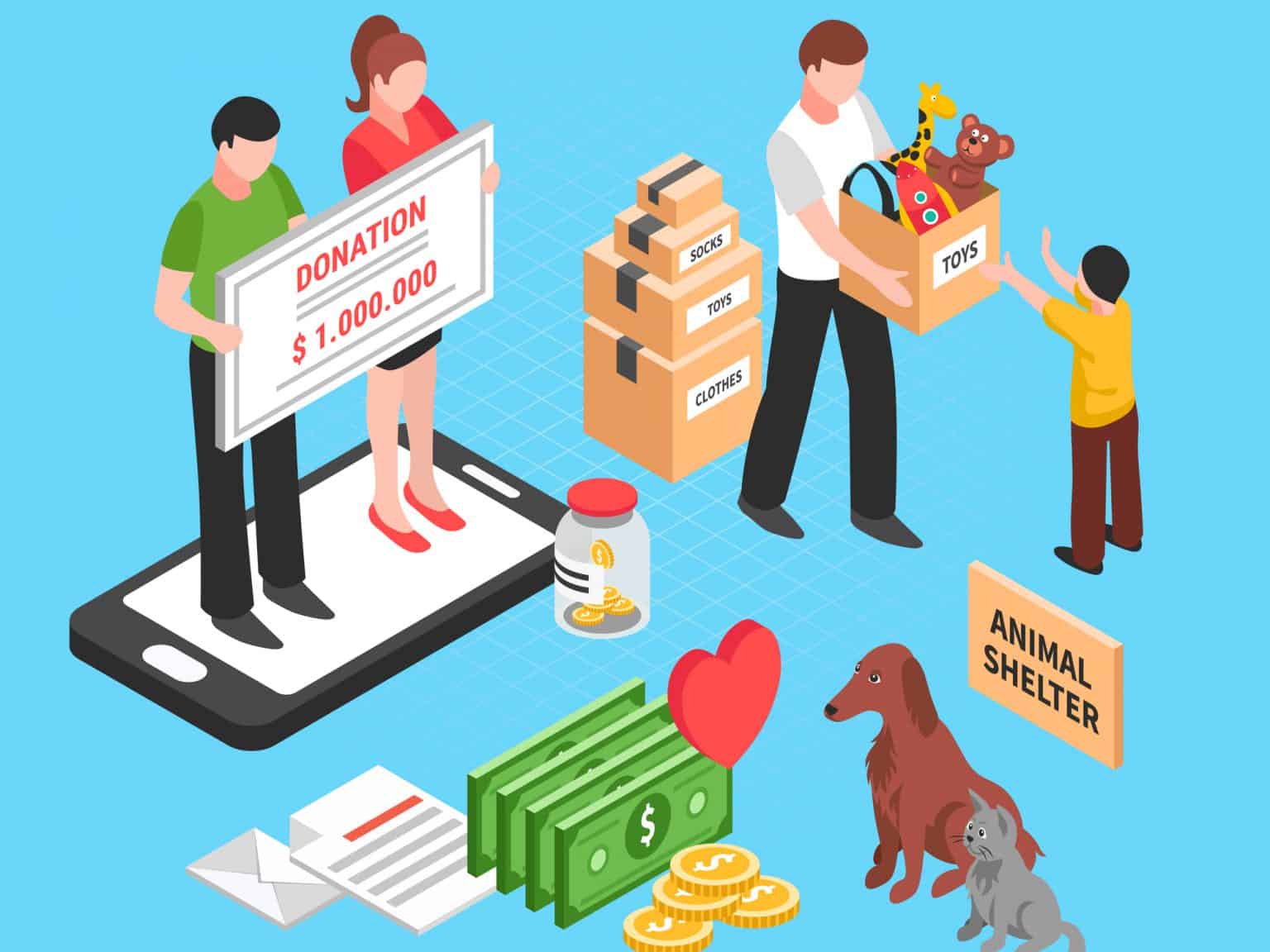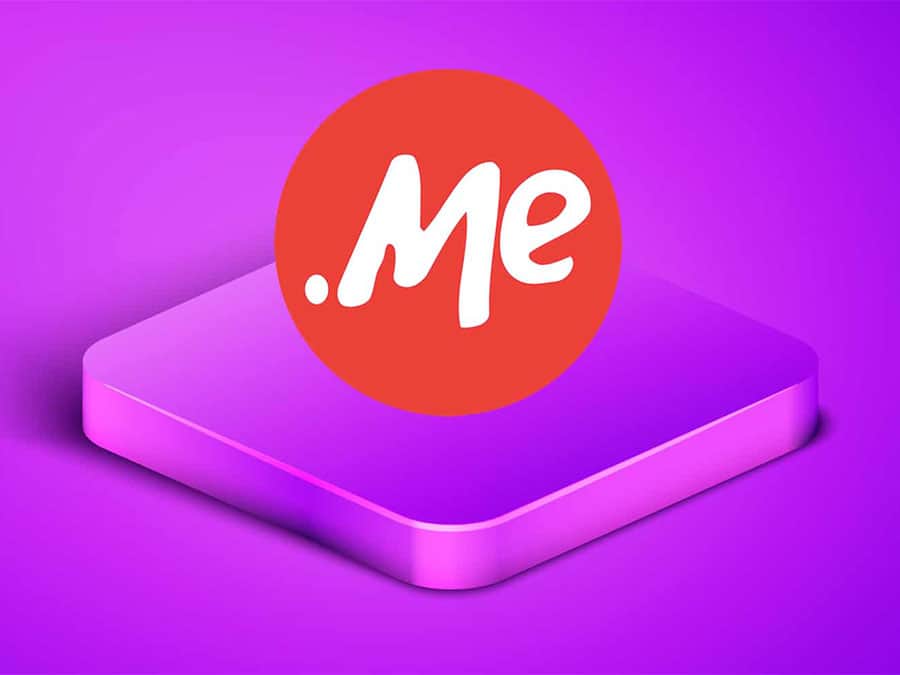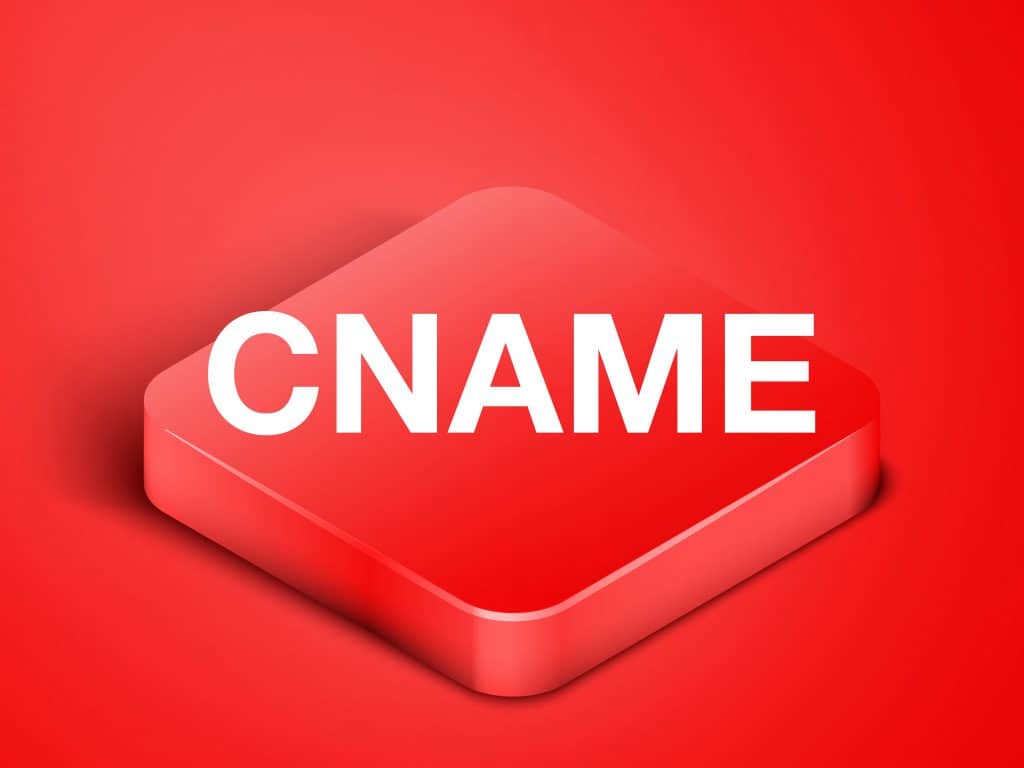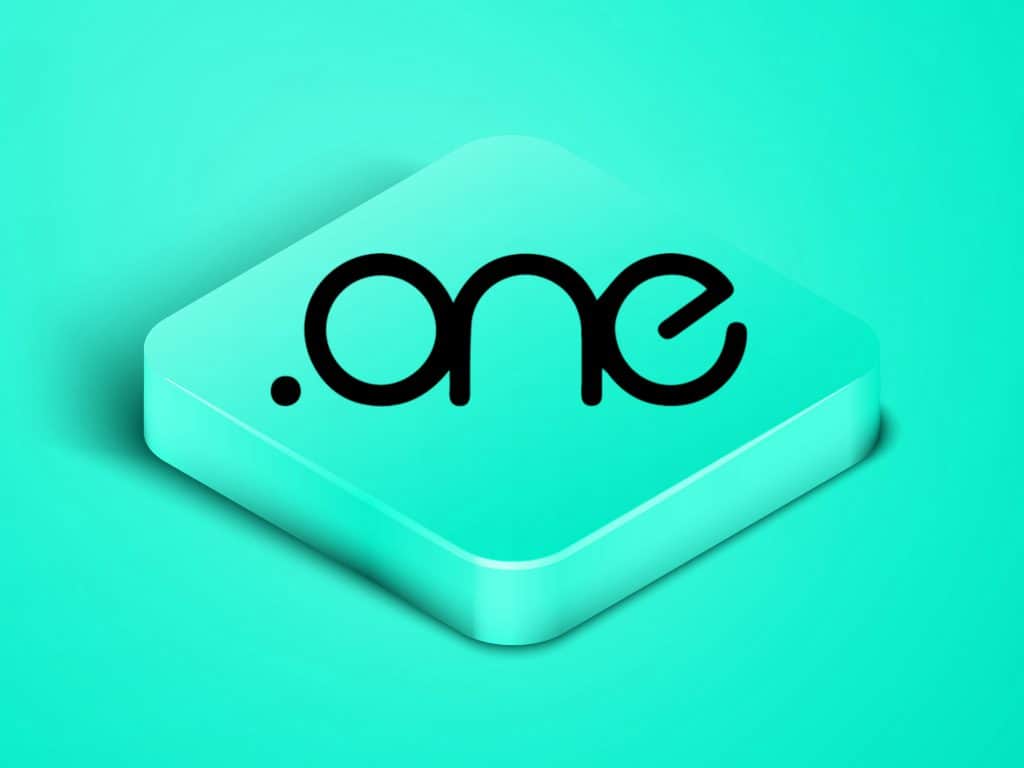How to Collect Donations Online
- By Douglas Moore
- November 25, 2020

Whether you’re running a nonprofit, a church/religious organization, or a charity, you need an effective way to collect donations. And in today’s social and business infrastructure, the best way to collect donations is by accepting money online. Not only is the internet where most of your patrons probably are, but it’s also a lot simpler, cheaper, and hassle-free than having to deal with physical donation forms and cash. Plus, it makes it easier for patrons to find you and donate money.
To help you configure your online fundraising project, we’ve devised this handy guide that will lead you through the steps of collecting donations online. We’ll go over how to best share the story of your mission, which donation tools you can embed on your website to collect money, how to keep online logs of your donation data, and lots more!
Without further ado, let’s get started.
3 Steps for Collecting Donations Online
1. Craft Your Mission’s Story to Compel Donors
It goes without saying, but we’ll say it anyway – you should have a section on your website where you share your mission and your story. It’s important to craft the text in a way that compels site visitors to become your donors. You can share this text on the donations page, as well as your home page or about page.
Write your story with honesty and courage. Why have you devoted your time to this mission, and why should others support you? A powerful – yet truthful – narrative and an effective presentation will move more people to empathize and donate. Here are a couple of general tips when you’re writing out your story:
- Focus on the why. Make it clear to site visitors why you’re collecting donations online. What’s the purpose of your fundraiser, and why is it important to you personally or you as a group/organization?
- Focus on the how. Donors want to know what happens with their money. Explain how much money you need, what you’d use it for, and how it will help your mission.
- Use clear language and break up your paragraphs. You don’t want to use long, winding sentences that may lose the readers’ attention. Instead, write concise and clear sentences and break up your paragraphs, preferably in a way where each of them makes a point and brings it home.
- Be honest and courageous. While not everyone’s a good writer, most people are excellent critics, and can easily spot insincerity. So, write sincerely.
- Emphasize your main points by using italics, bold, and underline functions. This can help people distinguish the important parts of your story.
- Share the visuals of your mission. Are you a church asking for donations? It would be nice to have some images of the church itself, or of projects that were made available through previous fundraising campaigns. This will allow donors to become more personally acquainted with your mission and see that their money will be well spent.
2. Choose an Online Donation Tool
For people to be able to donate online through your website, you need to integrate a donation tool or app to your donations page. There are a couple of great payment processors and donations-specific software that works well and is easy-to-use, both for you and for your donors.
In general, embedding a donation tool on your website is a great idea as it will be easy for visitors to access. Keep in mind that if you don’t have a website for your mission yet, you may wish to consider asking for patronage through a donations website, such as GoFundMe.
Let’s look at some of the best tools for collecting donations online:
PayPal Donate
PayPal isn’t only used by businesses; it can be used for collecting donations online, too. PayPal offers a discount on its regular transaction fees for nonprofits. The discount fee comes at 2.2% per donation, plus $0.30 per transaction. The pricing is actually quite favorable, especially in comparison to some donation tools that charge up to 5% per donation.
To use PayPal in order to collect donations, all you need to do is add the PayPal Donate button to your website. This tool is aimed precisely at creating an easy way for nonprofits to collect donations. For your sake, setup is quite easy and requires next to zero technical know-how. For your donors’ sake, the interface is very simple and familiar (because, well, PayPal). Plus, site visitors don’t need to have a PayPal account to donate money, which is pretty great.
Once you integrate the PayPal Donate button to your site, you can enjoy the following features:
- Accept multiple payment methods, including PayPal, credit cards, and debit cards.
- Create a custom donations form, where you can add your logo and images from your organization.
- Select various donation amounts that your donors can choose from (like $1, $5, $20, or allowing each donor to specify the amount they want to give).
- Give donors the option to select specific programs to donate to.
- Offer the option of recurring donations to loyal patrons.
- Add the Donate button to blogs, social media, and emails in order to reach more donors online.
Stripe
Stripe is another popular payment facilitator that offers discounted transaction processing fees to nonprofits. Like PayPal, Stripe offers a discount fee of 2.2% per donation. Their per-transaction fee is higher than PayPal’s, however, and it costs $0.35. If your organization has nonprofit status, you can integrate Stripe with your website to begin getting donations from your patrons.
Stripe’s process for accepting online donations is a bit more complex than PayPal’s, so it’s not the ideal choice for people with zero programming knowledge. If you or someone on your team has some developer skills, you would probably enjoy using Stripe.
You can also integrate Custom Donations with Stripe, which combines the former’s easy-to-use payment plugin with the latter’s PayFac capabilities.
Some features that you Stripe donations offers are:
- Accepting multiple payment options, like credit cards and debit cards.
- Creating a custom donations form and donations page for your website.
- Customizing an email receipt following donations.
- Allowing donors to make one-time donations (you can also get recurring donations if you integrate the Custom Donations plugin with Stripe).
- The option of setting up webhooks to let you know when you’ve received a payment or if there are any problems with the payment.
Qgiv
Qgiv isn’t an eCommerce tool that was later modified for donations: it was specifically conceived as a tool that would allow nonprofits to collect donations and fundraisers. Given that it was designed with this purpose in mind, it has a lot to offer in the way of features, ease-of-use, and reasonable pricing. Like the other payment facilitators we discussed, you can embed Qgiv to your donations page.
The standard fee is 3.95% per donation, plus $0.30 per transaction. Qgiv has several plans which start at $0/month. If you’re looking for an all-around donation tool, and have money to spare, you can consider their premium plans which can help you organize various fundraising events and reach out to donors across multiple platforms.
But even with the most basic plan, you can still enjoy the following features:
- Customizing your donation forms with details about your organization.
- Registering various events.
- One-time and recurring donations.
- Campaign thermometers which measure how close you are to your financial goal.
- Accounts for your donors.
- Donation forms for Facebook.
- Personalized receipts, and much more.
Qgiv is easy to use and set up and doesn’t impose any limitations on the number of donors or transactions. They also offer free training and support on using the software.
3. Log Your Donation Data
Over time, you’ll find that it’s not only useful, but also necessary to keep logs of your donors, their donations, dates of donations, and so on. This will help you keep track of your progress and make it easier for you to reach out to past donors for future projects.
The best way to log and store your online donation data is to have a dedicated database reserved for the purpose. There are several neat platforms that can help you organize your logs, but we especially recommend Salesforce, as they offer a broad range of apps that are specifically designed for nonprofit fundraising purposes. Of course, platforms like Qgiv also offer a broad array of nonprofit tools, that include organizing data and logs.
Keeping careful track of your donation-collecting process can help you build long-lasting relationships with donors and allow you to have a clear idea of your progress.
A Few Words Before You Go…
Although it may seem complicated to bring your fundraising campaigns online, it’s actually quite simple. All you need to do is present the story to potential donors, choose a payment facilitator for your online donations, and keep careful track of the process. Most of the online donations tools we discussed are easy to set up and easy to use, so you won’t need much technical know-how to get started.
View Related Articles

What is a .me Domain?
The .me domain is a growing trend for good reason: it seems personal. After all, what’s more personal than me? This domain extension offers a lot of versatility for websites names, personal blogs and resumes, call-to-action websites, and businesses seeking to emphasize…

What Is a CNAME Record?
A CNAME record (stands for “canonical name” record) is a DNS record which is used to connect an alias of a domain (or a subdomain) with the main domain. In other words, it takes visitors arriving at the alias domain to the same website which is associated with the main domain itself. CNAME records don’t point to IP addresses, but only to a domain.

All About the .one Domain Extension
This domain extension is great since it’s easy to remember, and everyone wants a catchy domain name. From the visual perspective, the .one domain extension contains 3 letters, just like .com, .org, or .net, and it has the added benefit of being a dictionary word.